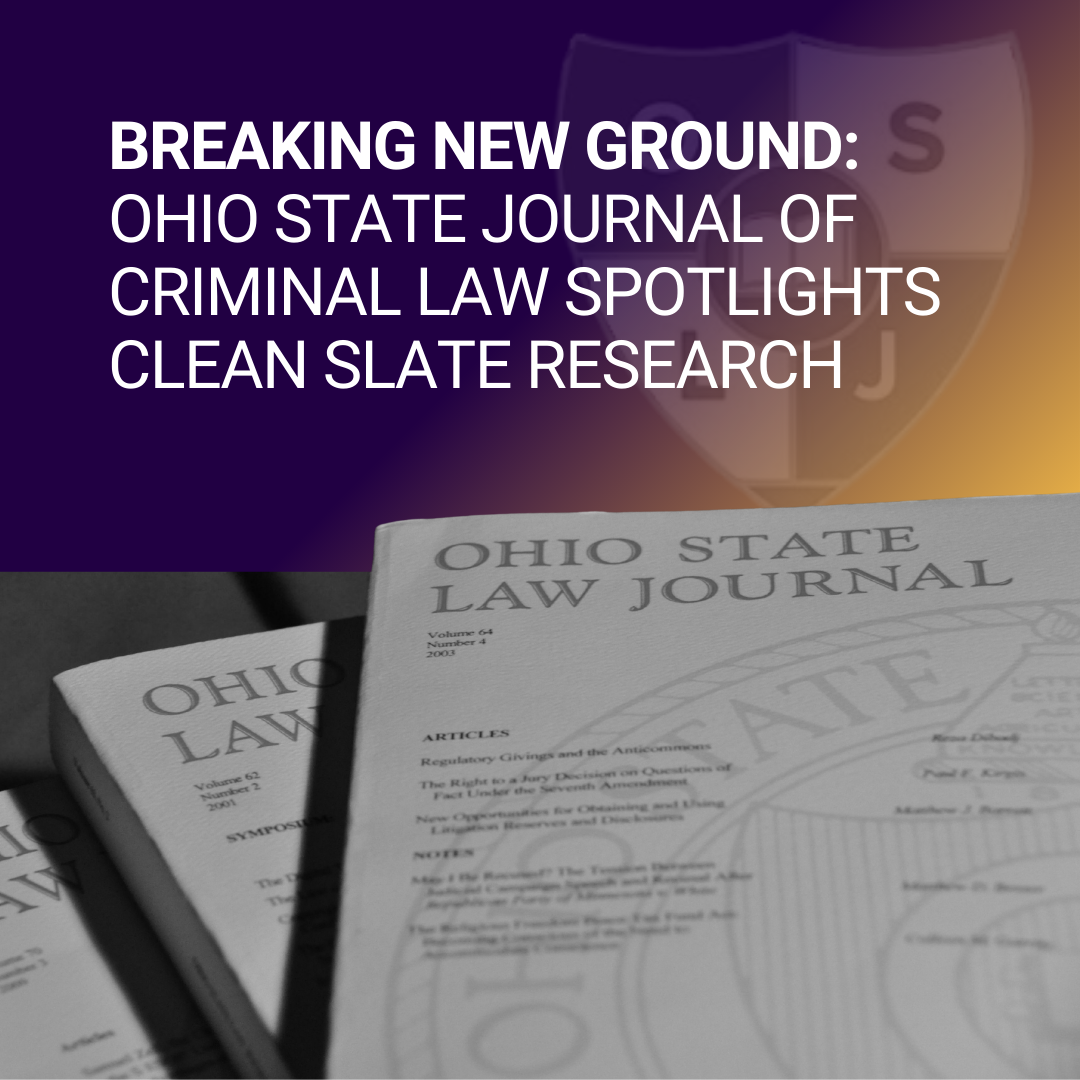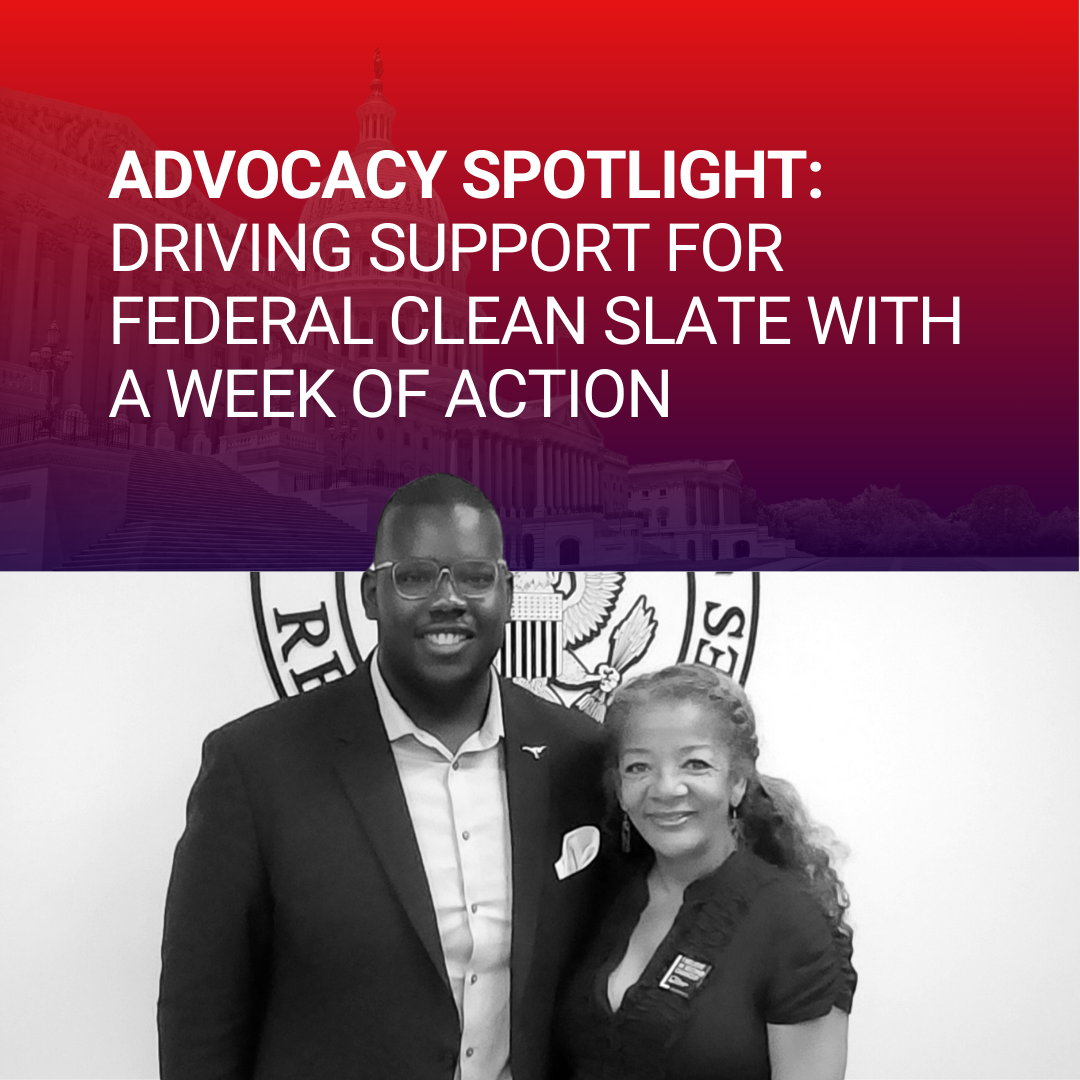New Research Shows Automated Sealing for Non-Conviction Records Works — With Room for Improvement

When someone is arrested but not convicted of a crime — meaning their case was dismissed, they were acquitted, or prosecutors dropped the charges — that record can still follow them for years. Even though they were never found guilty, a person’s non-conviction record often shows up in background checks, creating barriers to jobs, housing, and education.
That’s why many states have passed laws to seal non-conviction records, often through automated systems. A new study published in the North Carolina Law Review — funded by The Clean Slate Initiative and led by Professor Colleen Chien of UC Berkeley — is the first large-scale look at how well those automated systems are working to remove barriers for people with non-conviction records.
The findings are encouraging and provide recommendations to make automated processes even more efficient.
Key Finding #1: Sealed Records Stay Sealed
The study reviewed thousands of non-conviction records across five states (Pennsylvania, Nebraska, South Carolina, Connecticut, and New York) and compared them against commercial background checks.
Result: 98% of the non-conviction records that were supposed to be sealed did not show up in background checks.
That means the laws are largely doing their job: once non-conviction records are sealed, they are very unlikely to stand in the way of employment, housing, or educational opportunities.
Key Finding #2: Not All Eligible Records Are Sealed Yet
The study also looked at whether all eligible non-conviction records are actually being sealed. Here, the automated processes far outperform petition-based alternatives, but there is room for improvement.
In two states (Pennsylvania and Nebraska), researchers found that up to one-third of records that seemed eligible for sealing had not yet been sealed.
Why the gap? The study points to possible reasons, including incomplete or outdated data, confusing eligibility criteria, or technical challenges in updating state systems.
Still, automated sealing is far more effective than the old “petition-based” process, where fewer than 1 in 10 eligible people ever managed to seal their records. By comparison, automated processes seal the vast majority of eligible non-conviction records without requiring people to navigate a complicated legal process.
What This Means Going Forward
The research makes it clear: automated record sealing is delivering real second chances for people who were never convicted of a crime. But to make sure no one is left behind, states can strengthen these systems by:
- Making eligibility rules public and easy to understand;
- Notifying people when their record has been sealed (or if it hasn’t);
- Auditing systems regularly to identify gaps; and
- Holding background check companies accountable for keeping their data updated.
The Bottom Line? Automated Record Sealing Works.
Most people with non-conviction records that should be sealed are getting relief, and those sealed records are overwhelmingly staying hidden from commercial background checks for certain employment, housing, and educational opportunities. But gaps in implementation mean some people are still waiting for the second chance they deserve.
The lesson is clear: passing the law is just the first step. Building strong systems to carry it out is what ensures justice, fairness, and opportunity for everyone.
.avif)
.avif)



.png)
